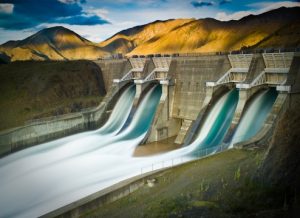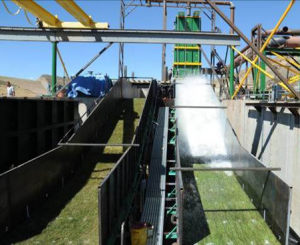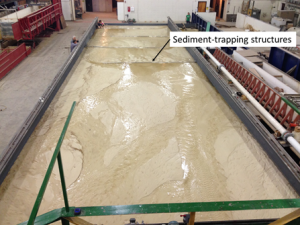Hydraulic structures
When water must be managed, moved or used, some form of hydraulic structure is needed. This simple fact requires that engineers develop efficient hydraulic structures; e.g., for – reservoirs; water, waste-water or storm-water conveyance; control of sediment, air, chemical, and woody debris transport; and, the well-being of the environments in which water-engineering activities occur. Efficient designs of hydraulic structures involve considerations of the material behavior of water, fluid mechanics, thermodynamics, weather forecasting, as well as attention to the form and physical performance of the structures used.
The department is renowned for its research into the design of many types of hydraulic structure. This research involves the department’s extensive education programs in hydraulic engineering and hydrology, and engages CSU’s wide-ranging expertise in water-related areas; e.g., Atmospheric Science and Watershed Science. Current and recent research topics include reservoir spillways, alluvial-channel stability, hydropower facilities, levees, bridge waterways, slope-protection techniques, water intakes, and kayak courses. The figures show research activities on spillway performance, wave-overtopping of a grassed levee and the design of sediment-trapping structures for use in a braided channel. An insight into various projects is available at the website for CSU’s Hydraulics Laboratory;
http://www.hydraulicslab.engr.colostate.edu/about.shtml



